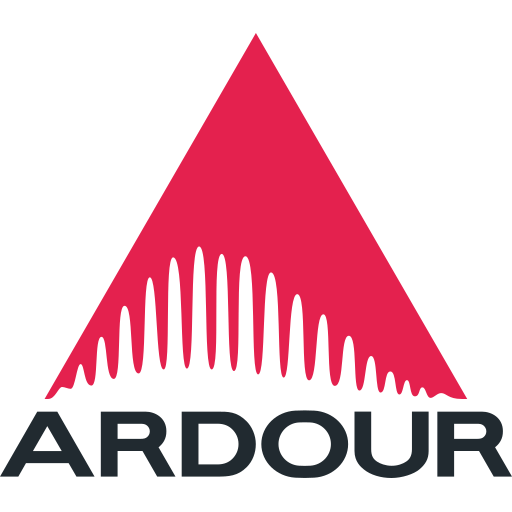RichRichRich
New Member
Hi, I'm running the 29.1.1 apt version of OBS on my Ubuntu based system - Linux Mint.
I've been able to add VST2 audio filters to my desktop audio, as well as the mic... and then apply the Auburn Graillon2 VST2 plugin for some crazy effects.
Unfortunately, I cannot hear the modified audio in my headset for either the mic or the desktop audio. I do hear my own voice... but it's the unfiltered audio. Is there a way to fix this? I do have Monitor and Output set. Also, if I record the audio... then the filtered audio IS recorded.
Btw, when I use OBS (same version, 29.1.1) on Windows, I can hear the filtered audio when speaking into my headset mic.... and listening in my headset earphones. If I try to have the audio come out on the system speakers, then it is not filtered.
Any ideas on what could be happening? Really just trying to solve this for Lunix. The windows commentary is just for comparison.
Thank you
I've been able to add VST2 audio filters to my desktop audio, as well as the mic... and then apply the Auburn Graillon2 VST2 plugin for some crazy effects.
Unfortunately, I cannot hear the modified audio in my headset for either the mic or the desktop audio. I do hear my own voice... but it's the unfiltered audio. Is there a way to fix this? I do have Monitor and Output set. Also, if I record the audio... then the filtered audio IS recorded.
Btw, when I use OBS (same version, 29.1.1) on Windows, I can hear the filtered audio when speaking into my headset mic.... and listening in my headset earphones. If I try to have the audio come out on the system speakers, then it is not filtered.
Any ideas on what could be happening? Really just trying to solve this for Lunix. The windows commentary is just for comparison.
Thank you


